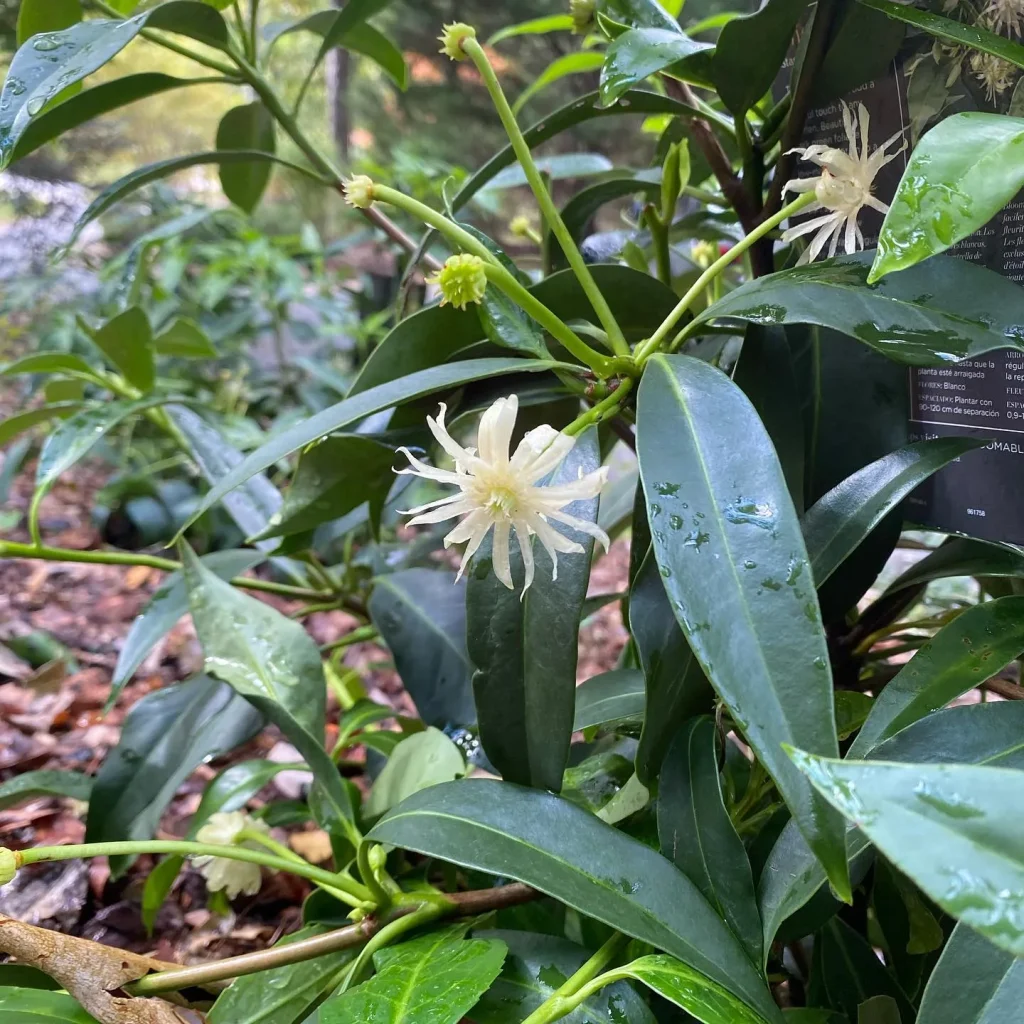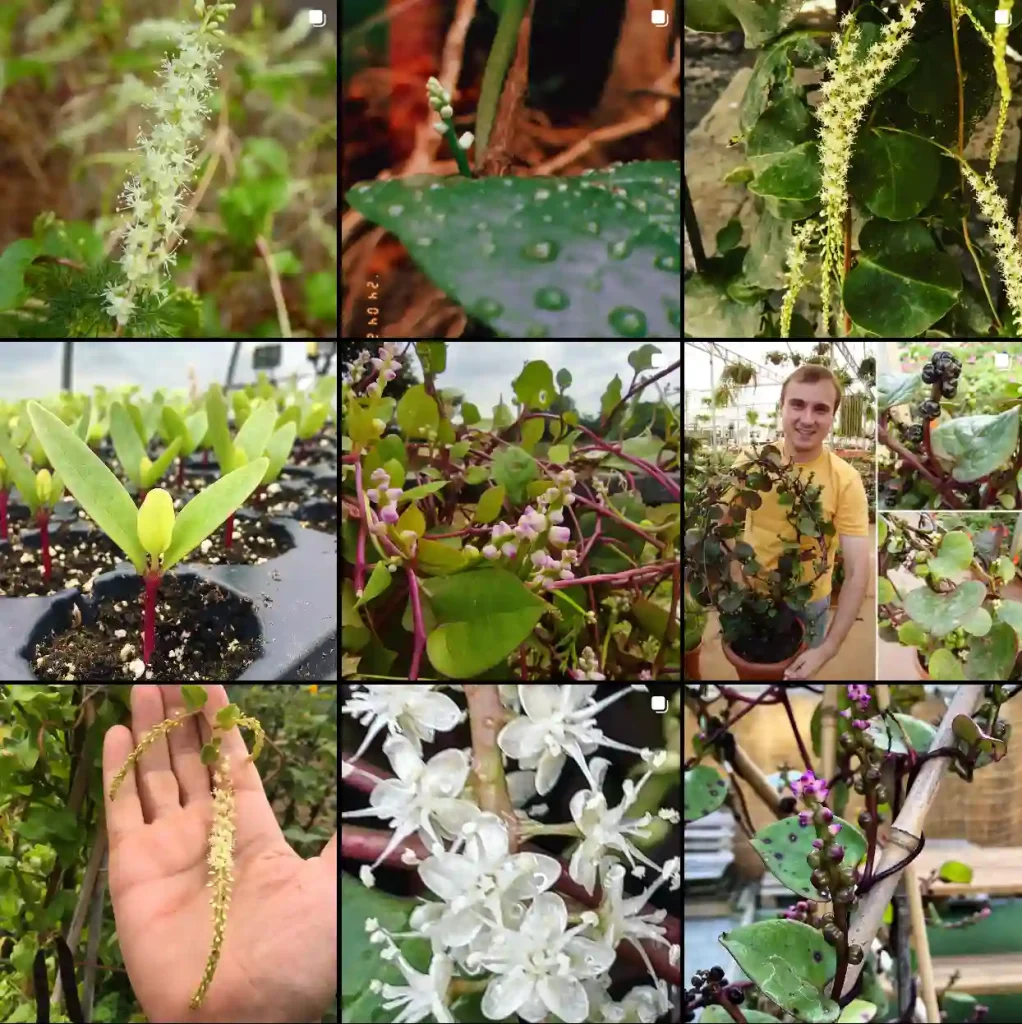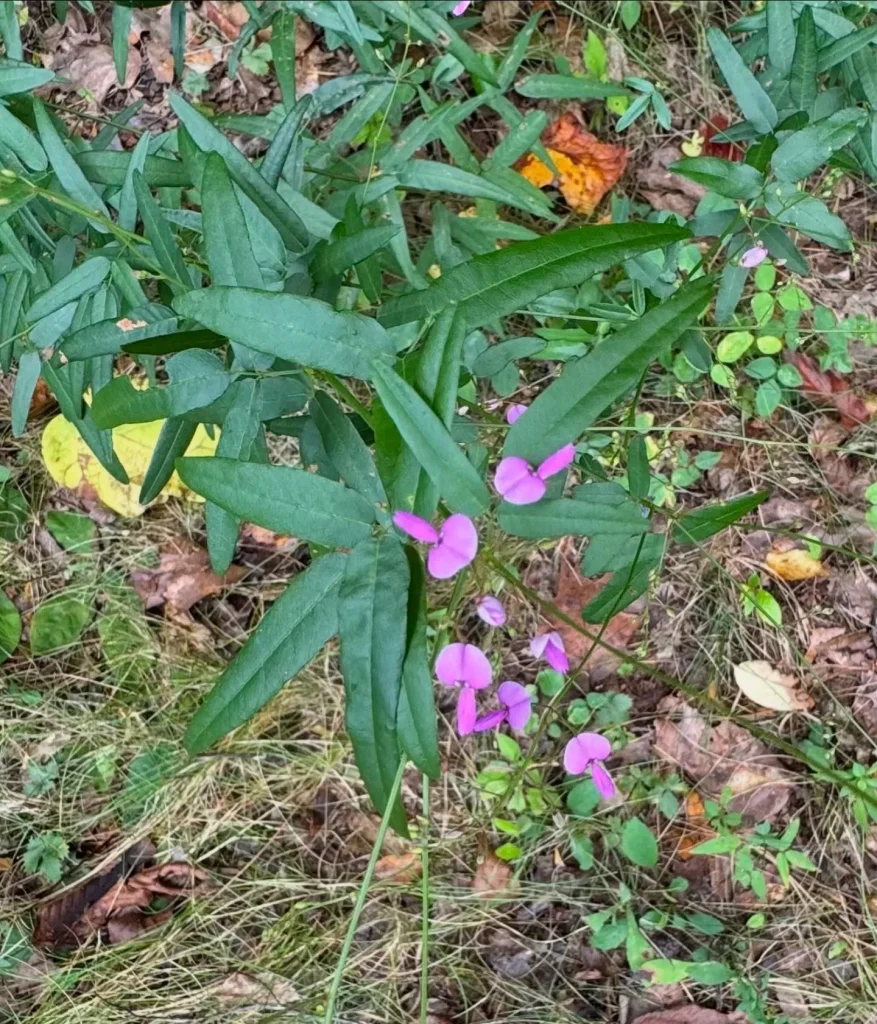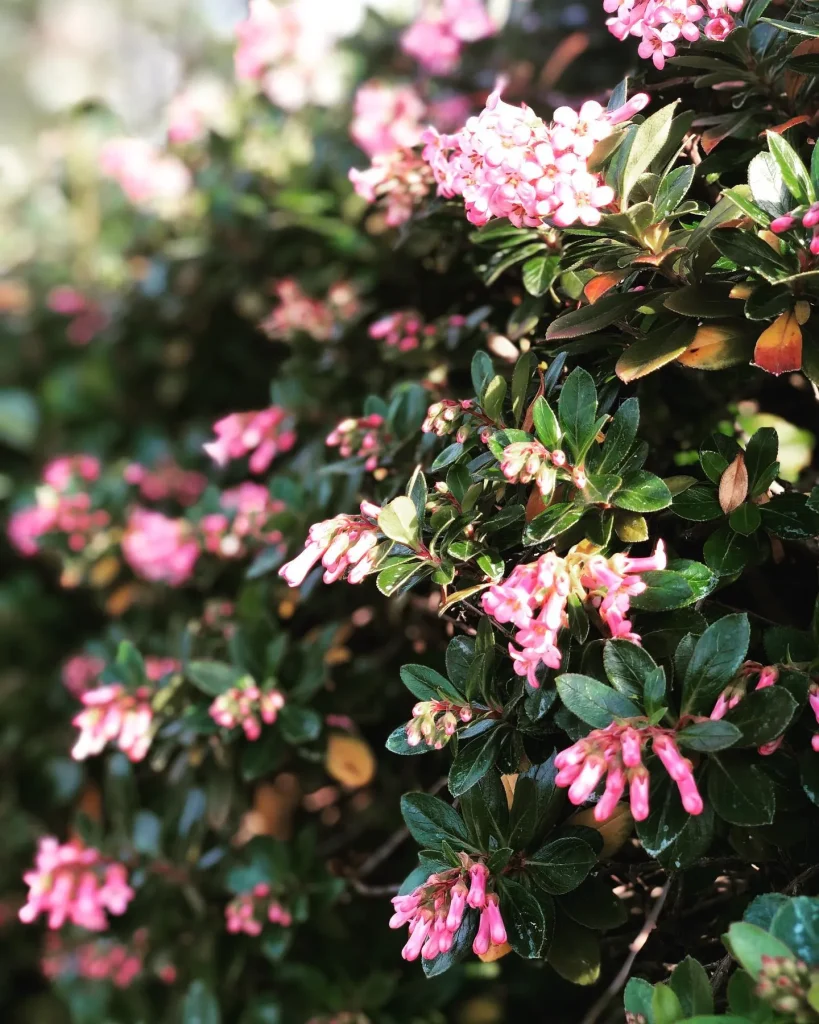Understanding the Bixaceae Family
The Bixaceae family is relatively small but fascinating, containing plants with significant ecological, economic, and cultural value. As someone who enjoys exploring various plant families, I find the Bixaceae family particularly interesting because of its unique distribution and the diversity of uses found in its three genera: Bixa, Cochlospermum, and Diegodendron.
Bixa – The Source of Annatto
The first genus, Bixa, is perhaps the most well-known in the Bixaceae family, primarily because of its standout species, Bixa orellana, commonly known as the Annatto plant. This tropical shrub or small tree is native to South and Central America, and it’s used for its seeds, which produce the vibrant reddish-orange pigment known as annatto. Annatto has been used for centuries as a natural dye, spice, and even body paint in indigenous cultures.
Annatto seeds are packed with carotenoid pigments, mainly bixin and norbixin, which have given this plant its importance in the food and cosmetics industry. I find it fascinating that these seeds have been used to color everything from cheeses like cheddar to cosmetics such as lipsticks and body creams. The plant thrives in warm, tropical climates, which makes it a staple in many regions across the Americas and Asia.
One thing I appreciate about the Bixa genus, and particularly Bixa orellana, is its versatility. Its leaves, seeds, and even the pulp around the seeds are all used in various ways. Besides being a natural colorant, it has been utilized in traditional medicine for treating fevers and as a diuretic. It’s a perfect example of a plant that offers not just aesthetic value but practical uses in everyday life.
Cochlospermum – The Buttercup Tree
The second genus, Cochlospermum, caught my attention because of its strikingly beautiful flowers. Often referred to as the “Buttercup Tree,” Cochlospermum species are known for their large, yellow, cup-shaped flowers that resemble buttercups. These trees are native to tropical regions in Africa, Asia, and Latin America, and their flowering is often timed with the onset of the dry season, adding vibrant bursts of color to otherwise dry landscapes.
Among the species, Cochlospermum vitifolium stands out. Its bark produces a yellow gum, used traditionally in certain regions as a mild laxative and a treatment for respiratory issues. What really impresses me is that Cochlospermum species also produce a fiber that has been used in making ropes and fabrics in traditional societies.
In addition to its medicinal uses, the tree has cultural significance. In parts of Africa, the Cochlospermum is often associated with spiritual beliefs, and its flowers are used in various rituals. The plant’s drought tolerance also makes it an ideal candidate for xeriscaping, especially in regions prone to long dry spells. This hardiness appeals to me as someone who values sustainability in landscaping.
Diegodendron – A Rare Gem
The third genus in the Bixaceae family, Diegodendron, is perhaps the least known and most enigmatic. It consists of only one species, Diegodendron humbertii, and is native to Madagascar. The rarity of this genus gives it an air of mystery, which I find intriguing. Unlike its relatives, Diegodendron does not have a wide variety of applications or extensive research behind it, but its isolated existence in Madagascar makes it a fascinating subject for botanists and conservationists alike.
What draws me to Diegodendron is its uniqueness within the Bixaceae family. It has certain traits that resemble its relatives, such as simple leaves and bright-colored flowers, but it also has characteristics that set it apart. With ongoing deforestation in Madagascar, this genus is under threat, which makes conservation efforts vital. I find the idea of preserving such rare species important because they could hold potential medicinal, ecological, or agricultural value that we have yet to uncover.
Ecological and Economic Importance of the Bixaceae Family
In my experience, what makes the Bixaceae family stand out is the combination of its economic and ecological significance. Plants like Bixa orellana have commercial applications that span industries such as food, cosmetics, and textiles. This natural colorant is a sustainable alternative to synthetic dyes, which often have environmental drawbacks. From an environmental perspective, the trees and shrubs of the Cochlospermum and Diegodendron genera play crucial roles in their native ecosystems, offering shade, habitats for wildlife, and even contributing to soil stabilization.
From an economic viewpoint, especially in rural tropical areas, the plants in this family provide a livelihood for local communities. Bixa orellana is cultivated widely for its seeds, and Cochlospermum species are valued for their fibers and gums. The more I learn about the Bixaceae family, the more I realize how these plants contribute not just to the environment but also to local economies around the world.
Conclusion
Exploring the Bixaceae family has deepened my appreciation for the diversity found within small plant families. From the versatile Bixa orellana, with its vibrant annatto seeds, to the visually stunning Cochlospermum and the rare Diegodendron, these plants offer a rich tapestry of uses, beauty, and cultural significance. Whether you’re a botanist, a gardener, or someone interested in sustainable plant applications, the Bixaceae family is worth exploring further.
If i die, water my plants!



